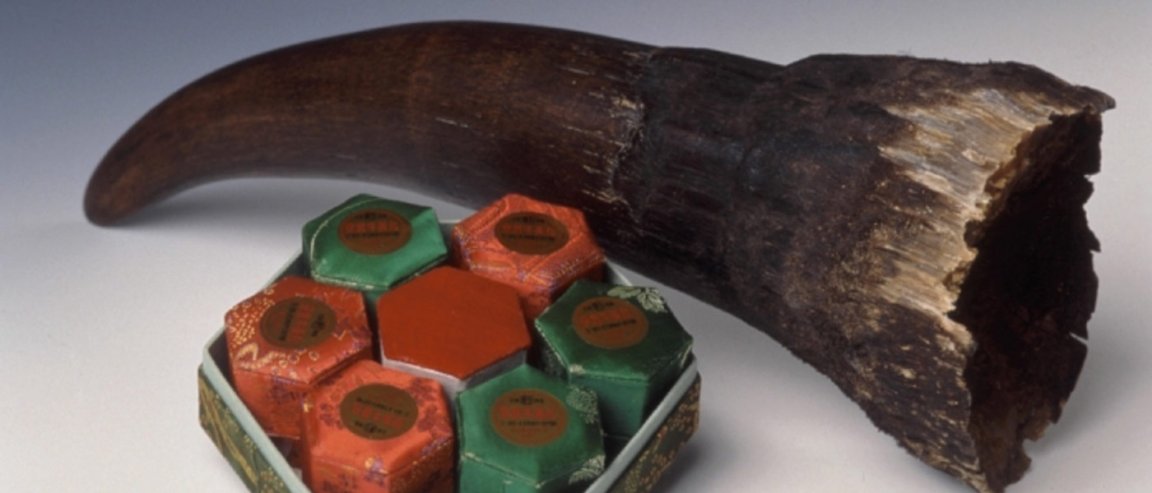
An Animal in Crisis
Although everyone was thrilled at the birth of a white rhinoceros calf, the fact still remains that the rhino is one of the world’s most endangered animals in the world (3 out of 5 species are critically endangered). This is largely due to intense poaching, which targets the rhino for its distinctive horns.
These rhino horns sell for an incredibly high price in black markets, particularly in Asia, as they are prized for their believed medicinal effects. These effects, however, have no scientific basis in reality. Also rhino horns are being bought solely as a status symbol for the rich.
This explains the vicious cycle that has been going on: as the number of wild rhinoceros dwindle, their horns are seen as more valuable. Viewed as a luxury item, the demand for rhino horns increases. With so much demand, its price also increases, providing additional incentive for poachers to harvest more horns.
Pembient, a California biotechnology startup, has found a way to produce the very same rhino horns in their labs. The company produces a synthetic protein that is similar to the keratin in the horns, mixes this with some rhino DNA, then uses advanced 3D printing techniques to shape the compound.
When put side to side, the biotech group claims the manufactured horns can’t be told apart from the real thing. These will sell for a lower price, and CEO Matthew Markus hopes that this will also dissuade poaching. “We’ll make money—the poaching syndicates won’t.”
Saving Grace?
Intuitively, it makes sense that the production of these synthetic horns could lead to lower demand for real ones since they are indistinguishable. However, an important point was raised by the Center for Biological Diversity and WildAid when the two filed a petition with the U.S. Fish and Wildlife Service to ban the sale, import, and export of the bio-engineered rhino horn, as well as other synthetic parts from protected fauna.
The petition states that the new market for synthetic horns will only serve as a cover-up for continuing illegal trade. Also, since the faux-horns are physically and genetically identical to thee real ones, authorities will have a hard time telling the two apart. This may lead to poachers claiming that the horns they were bringing were actually cultured, allowing them to continue unpunished.
Another major concern is that, if allowed, the marketing campaigns of the various companies that produce these synthetic animal parts may inadvertently drive up poaching activities.
Deputy Chief of Law Enforcement Ed Grace says, “experience demonstrates that efforts to ‘flood the market’ with products produced from protected wildlife—either by producing synthetic alternatives or raising animals in captivity for harvest—often fail to achieve their stated goal. Such efforts often create more demand from consumers, even as products from wild animals and plants continue to command a premium over synthetic or farmed alternatives.”
It is clear, therefore, that innovators and conservationists should work together to carefully craft a road map to achieve the goal of both parties. Companies like Pembient and CeratoTech should continue work with Conservationists to best see how their technology can be used to ensure an end to poaching. The focus needs to be on bringing these animals back from the brink of extinction.